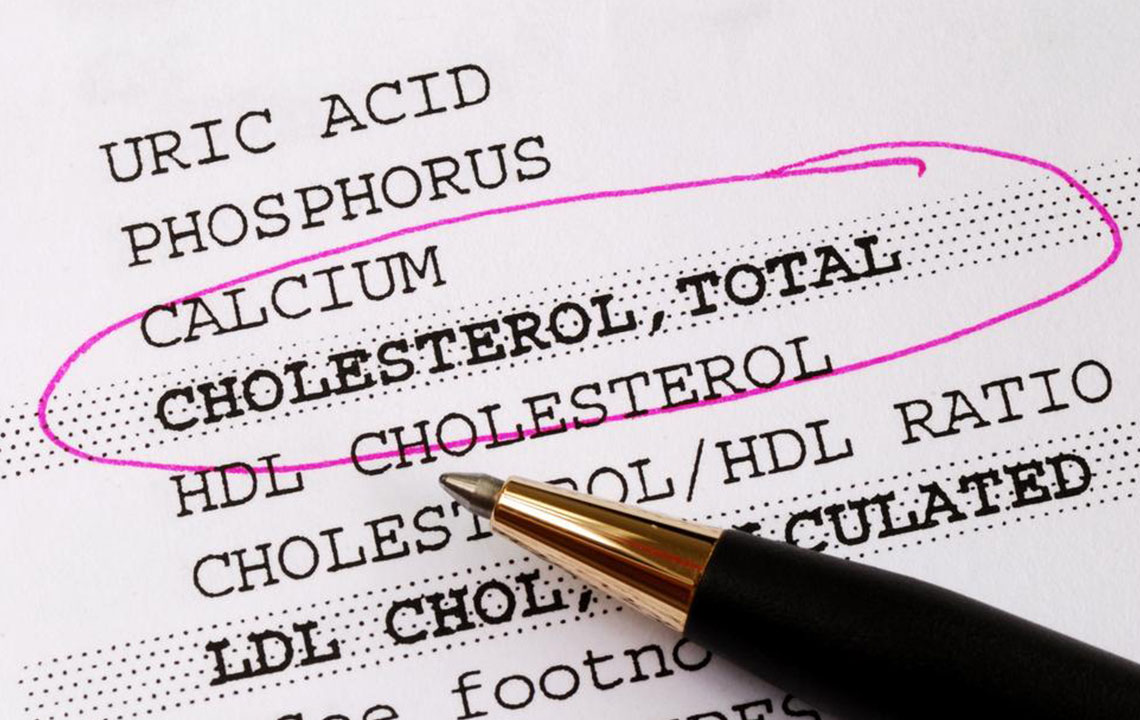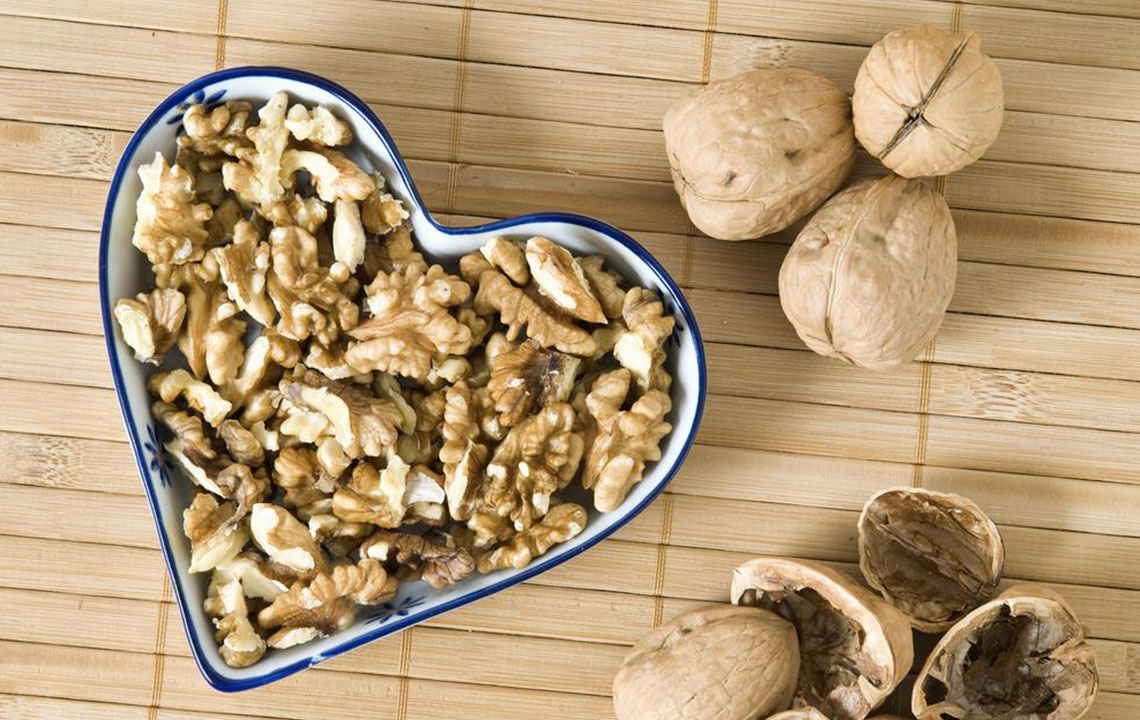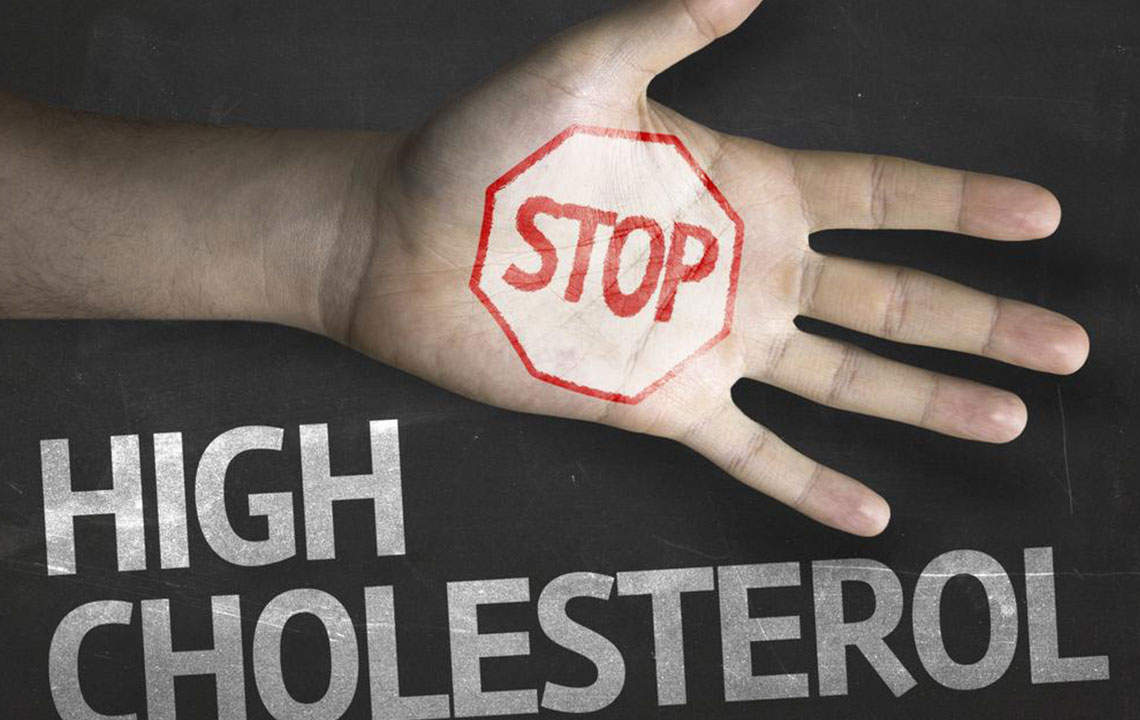Comprehensive Guide to Managing Cholesterol for Heart Health
This comprehensive guide explores the importance of managing cholesterol levels for cardiovascular health. It details different types of cholesterol, ideal levels, influencing factors, and practical strategies including diet, exercise, and medication. Regular monitoring and lifestyle adjustments can significantly reduce the risk of heart disease, stroke, and related health issues. An essential resource for anyone aiming to improve heart health and understand how to maintain a balanced lipid profile effectively and sustainably.

Comprehensive Guide to Managing Cholesterol for Heart Health
Cholesterol is a waxy, fat-like substance that is vital for maintaining the proper functioning of your body. It plays a crucial role in building cell membranes, synthesizing hormones like estrogen and testosterone, and producing vitamin D. Despite its essential roles, having too much cholesterol circulating in your blood can pose serious health risks, particularly increasing the likelihood of heart disease, stroke, and other cardiovascular problems. Understanding the intricacies of cholesterol levels, their impact on health, and how to effectively manage them is crucial for maintaining overall well-being. This guide will explore the different types of cholesterol, what constitutes healthy levels, and practical strategies to control and optimize your cholesterol profile.
Understanding Cholesterol: Types and Functions
Cholesterol exists in various forms within your bloodstream, primarily categorized into low-density lipoproteins (LDL) and high-density lipoproteins (HDL). Total cholesterol, which combines these different types along with triglycerides, provides an overall picture of your lipid health. Recognizing the differences and functions of these components is key to understanding your cardiovascular risk.
Low-density lipoproteins, commonly known as LDL or "bad cholesterol," are responsible for transporting cholesterol to cells throughout your body. Excess LDL can deposit in arterial walls, forming plaques that narrow and harden the arteries, which increases the risk of heart attacks and strokes. On the other hand, high-density lipoproteins or HDL, often referred to as "good cholesterol," play a protective role by carrying excess cholesterol away from arteries back to the liver for processing and elimination. Maintaining a healthy balance between LDL and HDL is essential for cardiovascular well-being.
In addition to LDL and HDL, triglycerides are another type of fat found in your blood. Elevated triglyceride levels, especially when combined with low HDL, can significantly heighten the risk of cardiovascular diseases. Factors like diet, obesity, physical activity, and genetics influence these lipid levels, emphasizing the importance of regular monitoring and lifestyle modifications for optimal heart health.
As individuals age, cholesterol levels tend to rise naturally. For adults over 20, regular cholesterol screenings—ideally every five years—are recommended to keep track of their lipid profiles. Men generally experience higher levels of LDL and are at increased risk of heart disease earlier in life. Women, particularly post-menopause, become more susceptible to elevated cholesterol levels, underscoring the need for gender-specific health strategies.
What Are Normal Cholesterol Levels?
Getting an accurate assessment of your cholesterol status involves a lipid profile blood test, which requires fasting for at least 10 hours beforehand. This test measures total cholesterol, LDL, HDL, and triglycerides, providing a comprehensive overview of your lipid health status. Understanding these numbers can help you and your healthcare provider develop an effective plan to improve or maintain your heart health.
For adults, a total cholesterol level below 200 mg/dL is considered desirable, reflecting a lower risk of cardiovascular disease. Levels between 200 mg/dL and 239 mg/dL are borderline high, while readings of 240 mg/dL and above are classified as high, indicating a need for lifestyle changes and possibly medications. Children and teenagers with a family history of metabolic disorders like diabetes should also undergo screening; ideally, their total cholesterol should be around 170 mg/dL to ensure early intervention if necessary.
Factors Affecting LDL Cholesterol Levels
Several factors influence your LDL levels, some of which can be modified through lifestyle choices, while others are influenced by genetic predispositions. Understanding these factors can help you take targeted actions to control your cholesterol.
Age—Men over 45 and women over 55 are more prone to increased LDL levels due to hormonal changes and aging processes.
High Blood Pressure—Persistent hypertension (blood pressure of 140/90 mmHg or higher) can exacerbate arterial damage and influence cholesterol transportation and processing.
Family History—Genetics play a significant role; if your family has a history of high cholesterol or cardiovascular disease, you may be at increased risk.
Low HDL Levels—Having HDL below 40 mg/dL can make it more difficult to clear excess cholesterol from the blood, thus increasing overall cardiovascular risk.
Smoking—Tobacco use significantly worsens cholesterol profiles by lowering HDL and damaging the arterial walls, thereby hampering cholesterol management efforts.
Effective Strategies to Lower Cholesterol Levels
Lowering high cholesterol is achievable through consistent lifestyle modifications, dietary adjustments, and, when necessary, medication under medical supervision. Here’s a comprehensive overview of proven approaches:
Dietary Improvements: Emphasize the intake of vegetables, fruits, whole grains, legumes, nuts, seeds, and healthy fats like those found in avocados and olive oil. Limit consumption of processed foods, refined white bread, sugary snacks, and high-fat dairy products. Choosing lean proteins such as fish and poultry over red meats can also positively impact cholesterol levels.
Regular Physical Activity: Engage in at least 150 minutes of moderate-intensity aerobic activity, such as brisk walking, cycling, or swimming, per week. For better results, aim for 30 to 60 minutes of activity five days a week. Exercise helps raise HDL levels, lower LDL, and support weight management, thereby reducing cardiovascular risks.
Maintaining a Healthy Weight: Losing excess weight, especially around the abdominal area, can significantly improve cholesterol profiles. Even modest weight loss of 5-10% of body weight can have a meaningful impact.
Incorporating Healthy Fats: Include sources like nuts, seeds, avocados, and olive oil in your daily diet. These fats not only improve cholesterol ratios but also provide essential nutrients and support overall heart health.
Limiting Saturated and Trans Fats: Reduce intake of foods rich in saturated fats—such as full-fat dairy, fatty cuts of meat, and certain baked goods—and eliminate trans fats, often found in processed snacks and fried foods. These fats tend to raise LDL cholesterol and increase cardiovascular risk.
Medication and Medical Supervision: If lifestyle changes alone are insufficient, your healthcare provider may prescribe statins or other cholesterol-lowering medications. Always follow medical advice and monitor your progress regularly to ensure optimal results.
In conclusion, maintaining healthy cholesterol levels is essential to reduce your risk of heart disease and improve overall health. Combining a balanced diet, regular exercise, weight management, and medical guidance when necessary can lead to significant improvements. Regular check-ups and lipid profile assessments should be integral to your health routine, enabling early detection and intervention to safeguard your cardiovascular health for years to come.





